A breast cancer or BRCA diagnosis can make it feel like you’ve lost control over your health. Decisions need to be made, family needs to be told, treatment needs to start, surgery needs to be scheduled. With all these needs driving you forward, it can be easy to lose sight of your own needs in the process. Especially your life-after-surgery needs.
To help you understand your options for life after you’ve moved from fighter to thriver, we’ve designed this guide to walk you through the basics, shed light on recent advancements in reconstruction and empower you with the knowledge you need to regain control over your journey.
mastectomy numbness 101
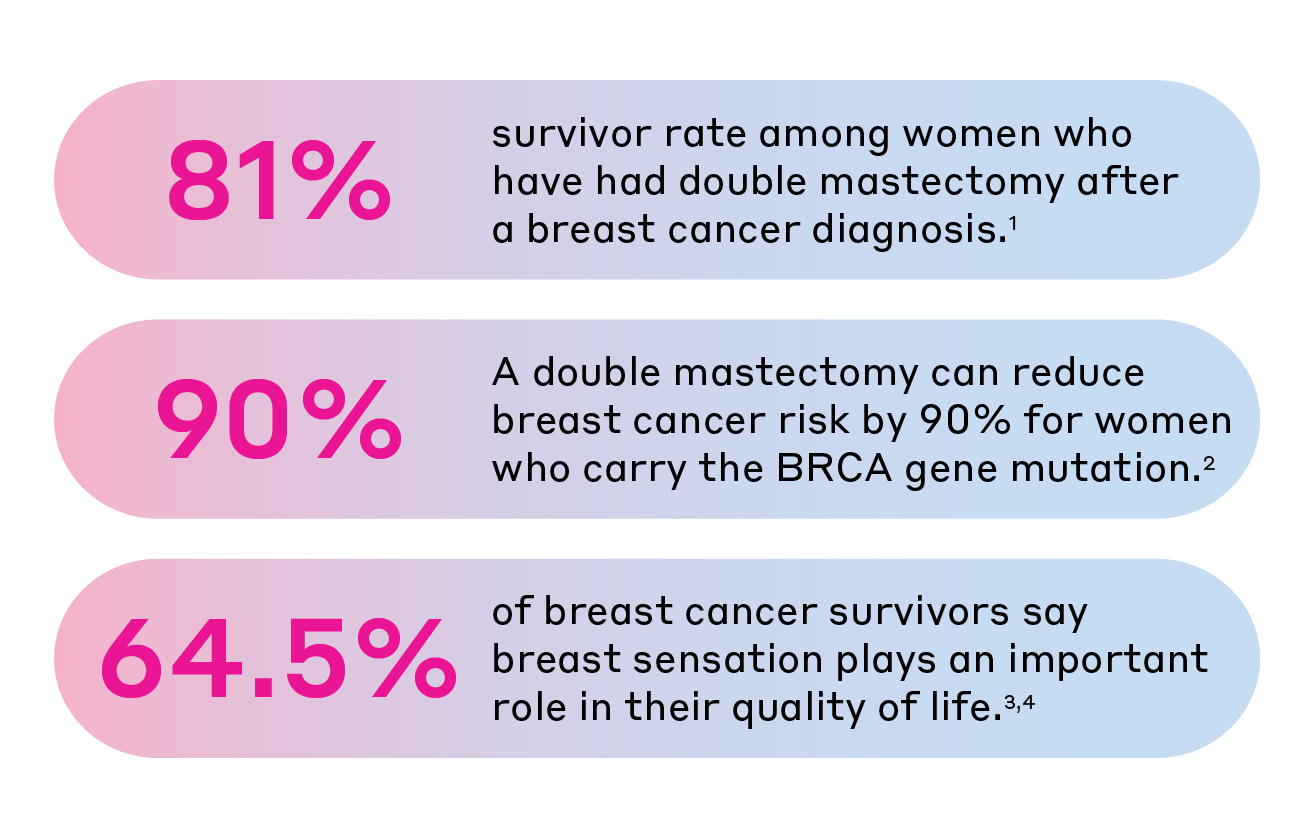
While a mastectomy can increase breast cancer survival rates, there are side effects you should be aware of as you’re developing your care plan. One side effect that often gets overlooked is breast numbness. During surgery, nerves are cut as the breast tissue is removed, leaving the chest area without sensation. After reconstruction, numbness can persist, impacting your quality of life, intimacy and body image.3-5 The loss of sensation can even lead to breast injuries.6 It can be surprising to realize your newly reconstructed breasts no longer have the ability to feel touch, warmth or cold.6 That’s why it’s so important to know all of your options when it comes to thriving after cancer.
know your options
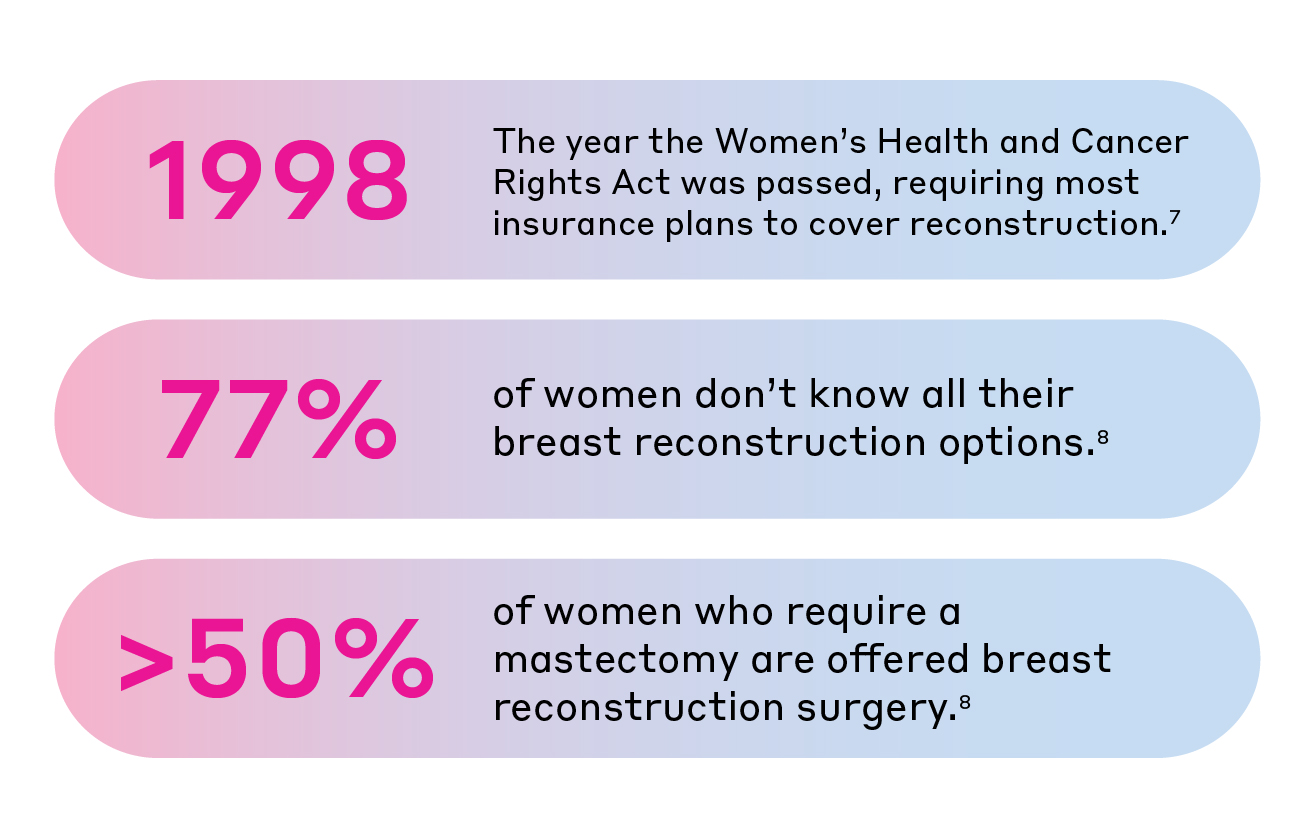
A growing number of surgeons are offering patients the option to potentially restore sensation in their breasts through Resensation.
two breast reconstruction methods, explained
After a mastectomy, reconstruction can help women improve their long-term quality of life and body image, but many still feel they don’t fully understand their reconstruction options.8 There are a number of factors that will play a role as you determine the best route for you, including your current level of health, breast size and desired recovery time, but for the most part, there are two main types of reconstruction.9
breast implants
As part of this reconstructive surgery, saline, silicone or cohesive gel inserts are used to reconstruct the breast.10
free flap reconstruction
With this type of reconstruction, the surgeon will use tissue from other areas of your body—most commonly stomach, buttocks, thigh or back—to rebuild your breast. There are a number of different flap techniques, including DIEP, SIEA and PAP.
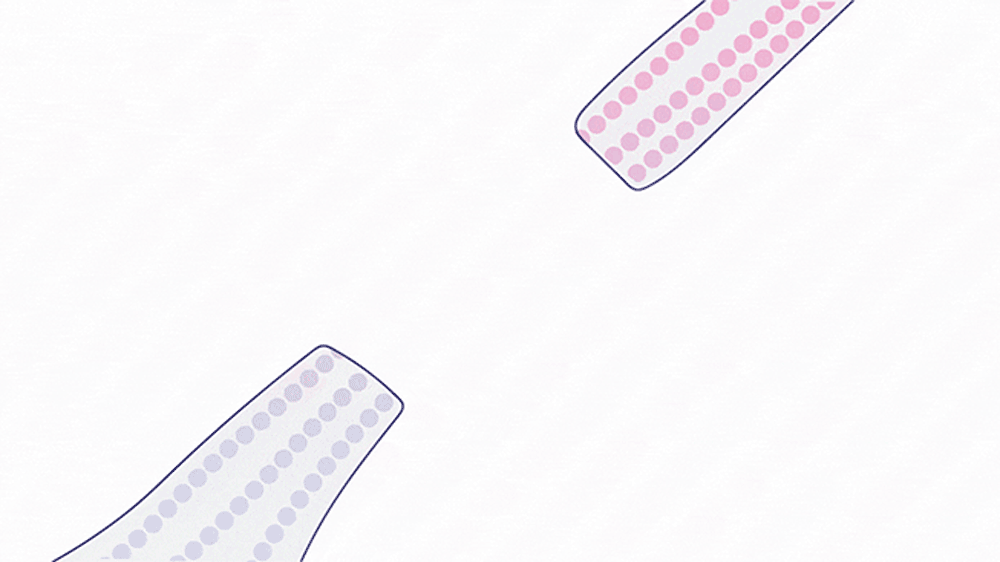
how Resensation works
Resensation uses allograft nerve tissue to reconnect and bridge the gap between the nerves in your chest and the nerves in your reconstructed breast tissue. Over time, the nerves regenerate, potentially restoring sensation and becoming a part of your own body in the process.
reclaiming sensation
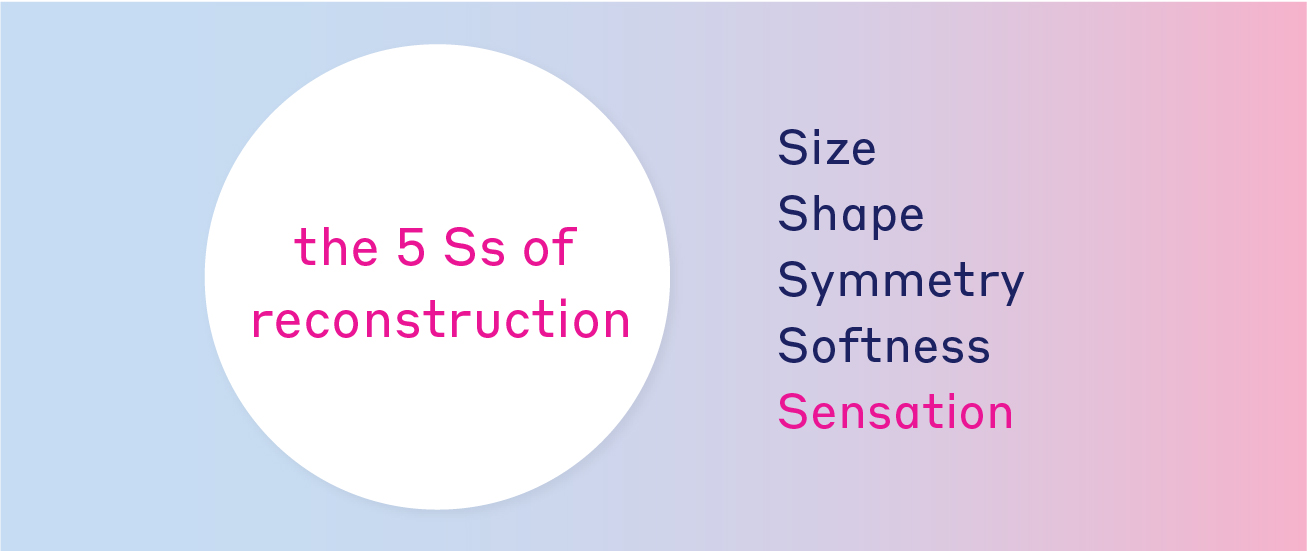
breasts that feel normal – so you can feel normal
In the past, a successful reconstructive surgery meant the patient was happy with the size, shape, symmetry and softness of their breast. Now, with the Resensation surgical technique, sensation has become a factor in measuring outcomes.
This additional “S” can make a world of difference for a woman living with a breast reconstruction. Studies have shown that women who have undergone breast nerve repair experience a higher quality of life, which includes:11,12
- Better body image
- Higher self-esteem
- Fewer physical limitations
- Increased overall physical and emotional health and well-being
long-term results
Nerve regeneration can take time. Some patients start to regain sensation several months after the nerve repair surgery, and this sensation can continue to increase for up to two years.13 This continued growth is one of the factors that makes reconstruction with nerve repair so impactful for women thriving after a mastectomy. As your body changes, your reconstructed breasts will naturally change along with you.
are you a candidate?
If you’ve had or are going to have one or both breasts removed as part of breast cancer treatment or prevention, you may be a candidate for the Resensation surgical technique. You may even choose to revise a previous implant surgery paired with Resensation. To discuss your options and find a surgeon who offers breast neurotization using the Resensation surgical technique, visit the Resensation surgeon locator today.
2 https://www.ncbi.nlm.nih.gov/pmc/articles/PMC6170022/
3 https://link.springer.com/article/10.1007/s10549-017-4547-3
4 https://www.ncbi.nlm.nih.gov/pubmed/29721811
5 https://www.ncbi.nlm.nih.gov/pmc/articles/PMC5351438/
7 https://www.cms.gov/cciio/programs-and-initiatives/other-insurance-protections/whcra_factsheet.html
11 https://www.ncbi.nlm.nih.gov/pmc/articles/PMC5807496/
Resensation Articles

How does mastectomy impact the nerves in the breast?
One sometimes overlooked aspect of mastectomy is its impact on nerves. Read what happens to nerves during mastectomy and explore…
Read More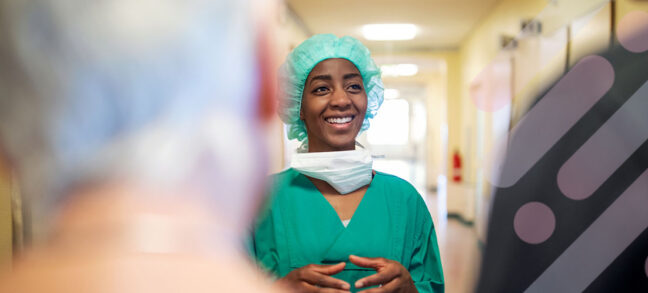
What happens during implant breast reconstruction with Resensation®?
By repairing sensory nerves, Resensation® enables you to potentially regain sensation to your chest. Read how this procedure works during…
Read More
how resensation® helped Leanna feel secure in her family’s future
With Resensation®, Leanna can be there to watch her kids grow up—without losing the feeling of being whole.
Read More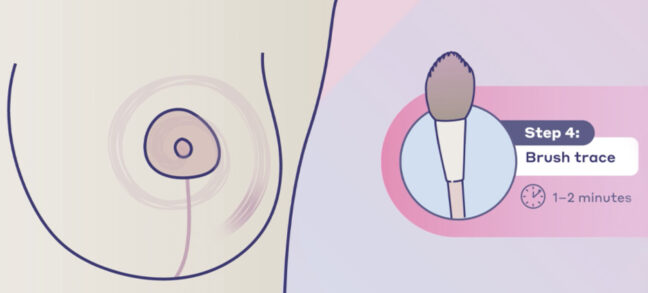
post-surgery sensory retraining: instructions and video guide
Sensory retraining is a series of exercises designed to help you reconnect with your body after breast reconstruction with Resensation®.
Read More